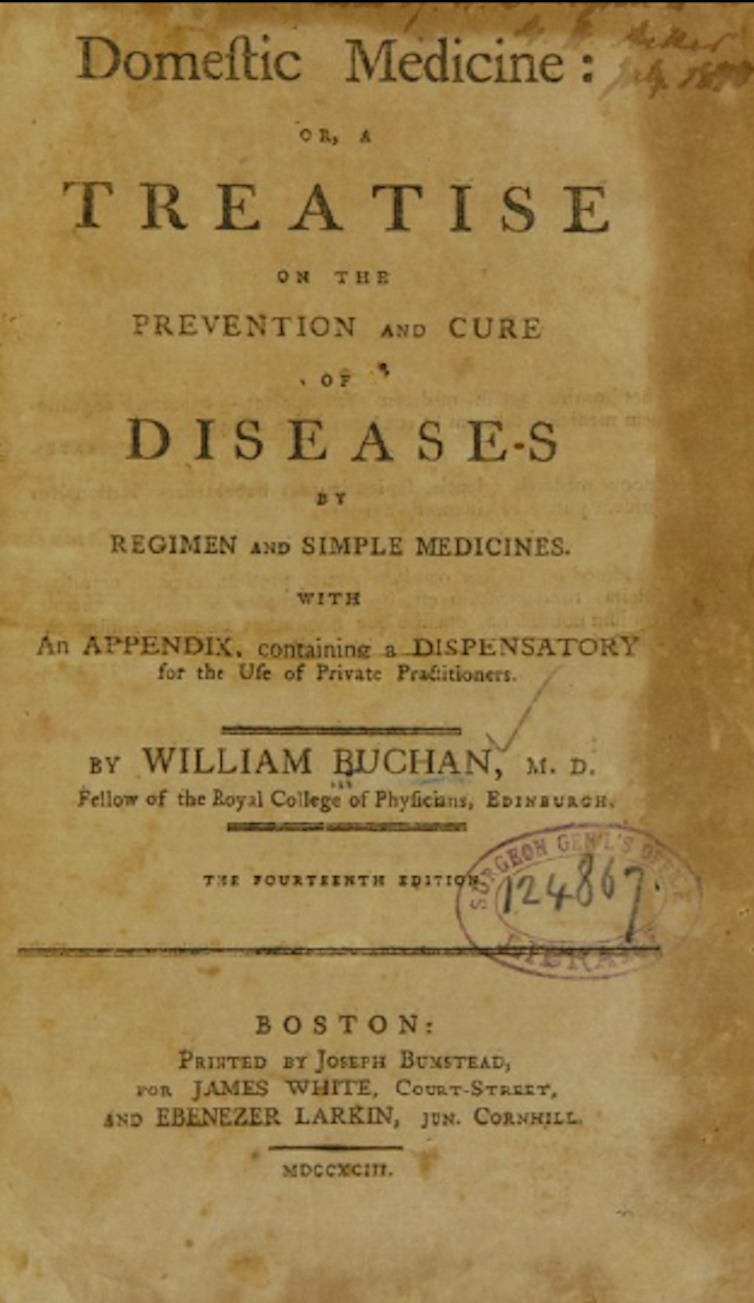Israel said set to okay new Palestinian homes and 4G cell plans ahead of Biden visit
Key economic Israeli-Palestinian forum reportedly to be
convened amid concerns Abbas could renew efforts for
Israel to be tried at ICC
Israel will advance a stalled plan to approve the construction of some 1,000 new Palestinian homes and make several other gestures toward Ramallah ahead of the visit to the region this week of US President Joe Biden, according to a report Saturday.
The move to authorize the housing units had been planned for a number of months but was frozen amid the deadly terror wave earlier this year, the Kan public broadcaster reported.
The report was apparently referring to a May plan for Palestinian housing that was initially advanced as the government simultaneously greenlit projects for about 4,400 Jewish settlement homes, a move condemned at the time by the Biden administration.
According to Kan, Biden’s visit also means there will be moves made for progress on long-stalled plans to set up Palestinian 4G cellular networks.
Israeli officials tentatively greenlight 4G service for Palestinian cellular companies in November, but there has been little progress on the matter since then, reportedly due to pushback from the Israeli security establishment.
Israel maintains security control over the West Bank and Gaza, including over telecommunications.

While Israel upgraded to 4G in 2013 and has since begun building super-fast 5G networks in urban centers, Palestinian companies in the West Bank still use 3G networks, which they received in 2018. In Gaza, Israel has only permitted 2G networks to operate within the enclave, which is ruled by the Hamas terror group.
Israel will also promote a meeting of the Joint Economic Committee (JEC), the report said. The forum was established under the Oslo Accords but last met in 2009. Israel has come under increasing pressure from the international community for the committee to meet to aid the strengthening of the Palestinian economy.
An unsourced report on Channel 12 news said that the Israeli security establishment was concerned that if Palestinian Authority President Mahmoud Abbas believes he has not secured any new assurances from Biden’s trip, he may renew efforts to have Israel tried for war crimes at the International Criminal Court (ICC).
However, the report said that there were “low” concerns that disappointment from Biden’s trip could lead to an uptick in violence.

Biden is expected in Israel on Wednesday for a packed two-day visit that will also include a trip to the Palestinian Authority, followed by a visit to Saudi Arabia on Friday ahead of a meeting Saturday with Mideast leaders.
Biden will land at Ben Gurion Airport, where he will be greeted by Prime Minister Yair Lapid in an official welcome ceremony.
Over the following 24 hours, the US president will meet with Israeli officials, tour several Israeli security systems and visit the Yad Vashem Holocaust museum in Jerusalem.
On Friday morning, Biden will head to the Augusta Victoria Hospital on East Jerusalem’s Mount of Olives, according to an Israeli source familiar with the matter. It will be the first visit by a sitting US president to the largely Palestinian section of the capital outside of the Old City.
The Biden administration will use the opportunity to announce a significant funding initiative for the East Jerusalem Hospital Network, a senior Israeli official said, adding that the initiative has been pushed by US Ambassador to Israel Tom Nides. In addition to the new US funding, Biden will be announcing similar donations to the hospital network from several Gulf states, a Middle Eastern diplomat said.
Biden will then travel to Bethlehem for a meeting with Abbas. The atmosphere may be clouded by the announcement last week by the US that it did not find Israel to have intentionally killed Al Jazeera reporter Shireen Abu Akleh in clashes that broke out during an IDF raid in Jenin on May 11.
Biden will announce alongside Abbas a package of steps aimed at strengthening the PA, a senior US official told The Times of Israel. Some of these “deliverables” will be US initiatives and others will be Israeli ones that Biden will announce on behalf of Lapid, who prefers keeping some distance from the concessions.


/cloudfront-ap-southeast-2.images.arcpublishing.com/nzme/AHHCANGSMFILDNUS2FUJMP6UZE.jpg)
/cloudfront-ap-southeast-2.images.arcpublishing.com/nzme/ZT3WWAFNWN3TU6YKSXW45EIC6I.jpg)




